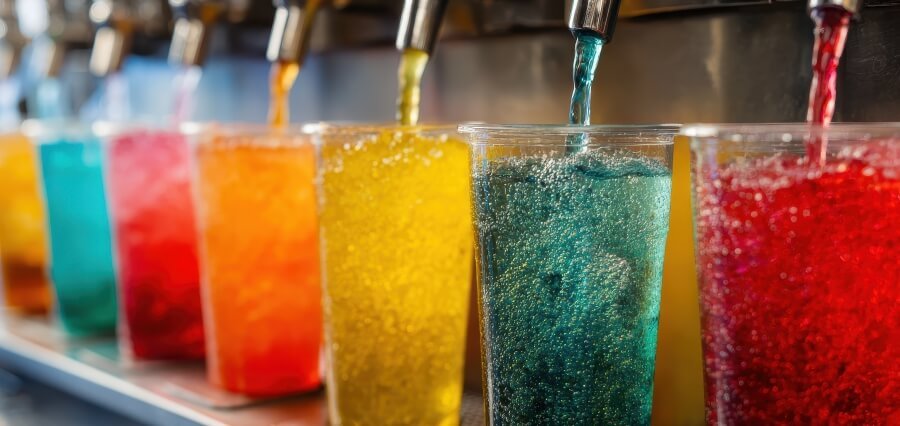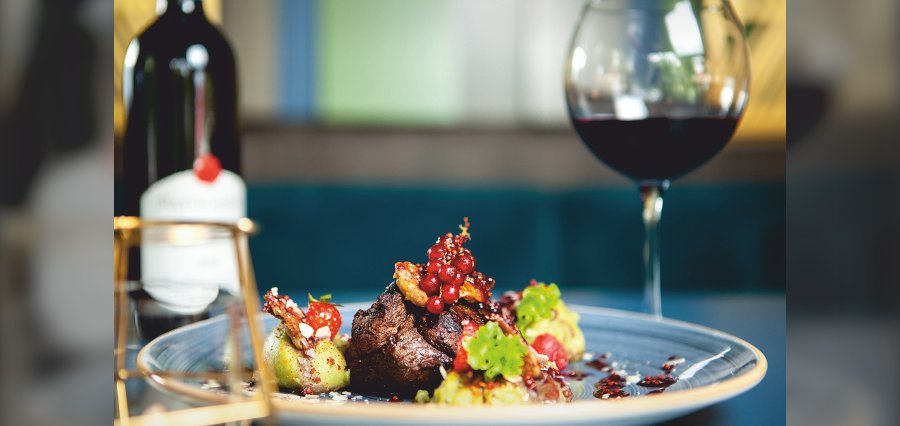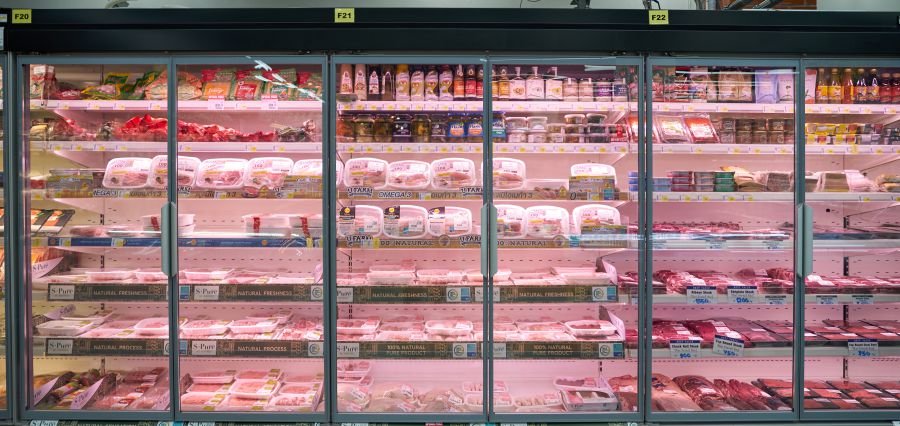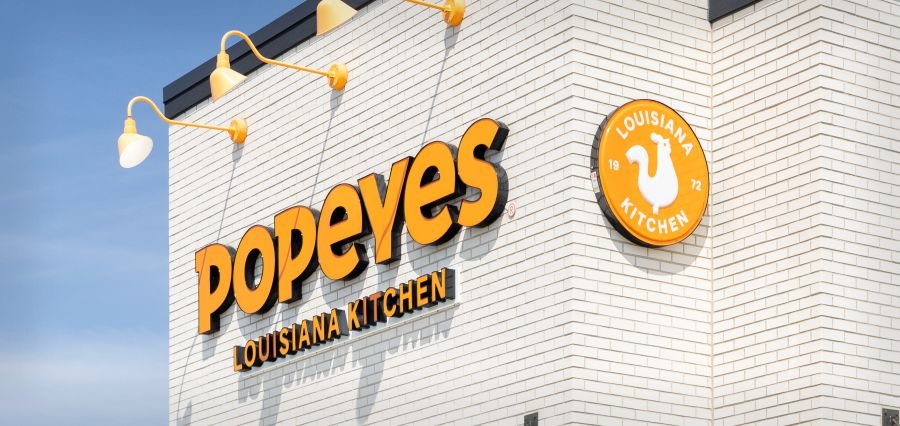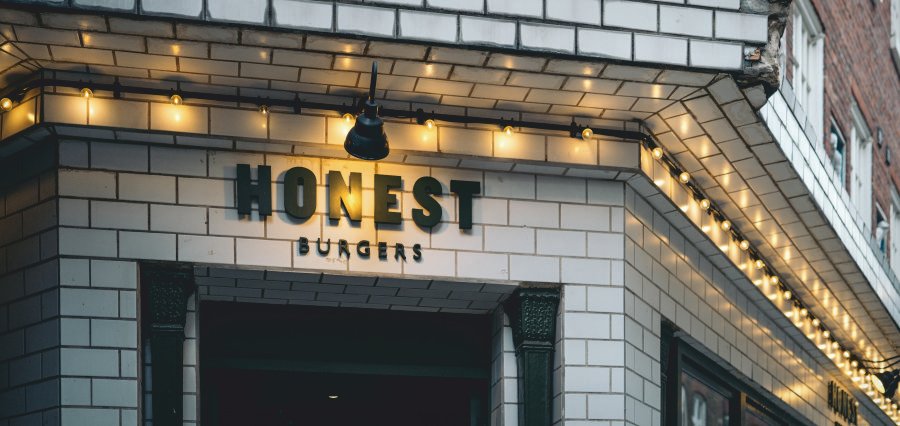Or maybe it is the drink itself that we quite cannot tear our eyes and lips away from: the satisfying hiss when you crack open a can, the energizing fizz as bubbles rush upwards, and the sweet, tingling sensation as they hit your tongue—soda drinks have, over the decades, become an inseparable part of our shared culture. Picnics or movie nights, celebrations or quick dinners, soda drinks are everywhere, promising refreshment, energy, and a little treat to reward you after a long and hard day. Still, what is it about these sugary beverages that keeps us coming back? What secrets are hidden behind those catchy bursts of flavor and effervescent charm? Today, we lift the veil and disclose seven surprising facts about soda drinks that might just change the way you think about your favorite fizzy refreshments.
The Story of Soda: A Crowded Whimsical Past
The brightly colored bottles that line today’s grocery shelves might make one forget about the long history of soda drinks with much more modest origins. Hard as it may be to believe, soda drinks date back to the late 18th century, a period when the inception was a result of both scientific and flavor experiments. The water was first carbonated by chemists to reproduce the naturally carbonated mineral springs, which were claimed to have various health benefits. The new one is made by dissolving lemon, ginger, and even some medicinal herbs not only to improve the taste of the compound but also to hide the less pleasant mineral notes.
In the 1800s, soda drinks were commonly seen in the pharmacies behind the soda fountains, where they were advertised to have curative effects on headaches, stomachaches, and indigestion. No doubt, the trend of using soda as medicine was soon to change. The marketplace was going to explode as brands started competing by experimenting with recipes, sweeteners, and flavors. Today the timeline of soda drinks is very different; the business is worth billions of dollars, and the brands are both loved and hated all over the world.
What are you really drinking when you opt for a soda?
Very often the wonderful transformation that turned soda drinks into a household favorite remains mysteriously hidden in the ingredients label. Whereas the original soda drinks were made primarily of carbonated water mixed with natural flavorings, today’s standard soda drink is composed of carbonated water, high fructose corn syrup or sugar, caffeine, preservatives, artificial and natural flavors, colors, and acids for tartness. It may appear that the list of ingredients is quite simple, although every component plays a very important role.
Do you really know what gives colas their (almost) indescribable taste? Or why lemon-lime soda is so fresh and tangy? Well, it is one of the well-kept industrial secrets where the brands are guarding their formulas fiercely while consumers speculate. Still, most consumers would agree that, no matter the precise recipe, soda drinks release a one-of-a-kind sensory sensation that water just fails to do.
How Soda Drinks Affect Your Body?
Every talk about soda drinks won’t be complete without explaining the chain of events that happens just after taking a sip. The caffeine found in many famous cola sodas works like an energizer, giving you a fast mental and physical lift. The delightfully annoying carbonation encourages you to drink more quickly and offers a quick, taste bud-refreshing effect. In addition to that, there is sugar—the component that has maybe been most controversial in the last few years.
The intake of large quantities of sugar from soda drinks can eventually cause a wide range of health problems. Drinking a full bottle in a couple of minutes is very easy, and you may not even realize that you have exceeded your daily sugar allowance. Overconsumption of sugar can lead to obesity, dental diseases, insulin resistance, and risk of various chronic diseases. No matter these issues, the popularity of soda drinks does not seem to decrease. Many people have attempted to replace their beloved soda drinks with diet or low-calorie versions to get the same delightful flavor but without the guilt. Although the diet soda drinks are sweetened by artificial sweeteners rather than sugar, the safety of these sweeteners remains an issue.
The Social Ritual of Soda Drinks
Soda drinks once were, and still are, not merely a type of beverage but a social phenomenon. Try to picture a place like a cinema, a sports stadium, or a party. Soda drinks are released without restriction and mostly signify moments of joy and union. More particularly, the communal aspect of sharing a big bottle with friends or clinking the cans of a toast to some minor everyday victory.
The universal appeal of soda is not accidental; it is the result of decades of marketing brilliance and product placement that have linked soda drinks with pleasure, fun, and relaxation. Even the old-fashioned commercials have conveyed the idea of the consumption of soda brands being a personal trait that was added to the family connection or a reward after a tiring day.
Innovations and Evolving Tastes in Soda Drinks
The number of soda drinks currently available on the market is so diverse, and it is hard to believe. Apart from the traditional ones like cola, root beer, and ginger ale, there are now flavorings with fruits, herbs, or even flowers for the soda drink. Health-conscious consumers are also pushing the industry, which is leading to the birth of various brands of organic sodas, natural flavorings, and reduced-sugar sodas.
If you go to a supermarket and look at the shelves, you will find soda drinks for almost every diet and flavor need. By the existence of limited editions, international flavors, and nostalgic throwbacks, the industry is showing its loyalty to current trends.
The Hidden Environmental Impact of Soda Drinks
While soda drinks are convenient and fun, there’s a hidden environmental cost beneath their sparkling surface. The manufacturing, bottling, and shipping of soda drinks consume a huge amount of water, energy, and other resources. Plastic pollution from discarded bottles is a major problem, and environmentalists are calling on companies and consumers to make more eco-friendly choices. Brands are increasingly launching their products in recycled packages or trying out biodegradable options, but the move towards more environmentally friendly soda drinks is still ongoing.

